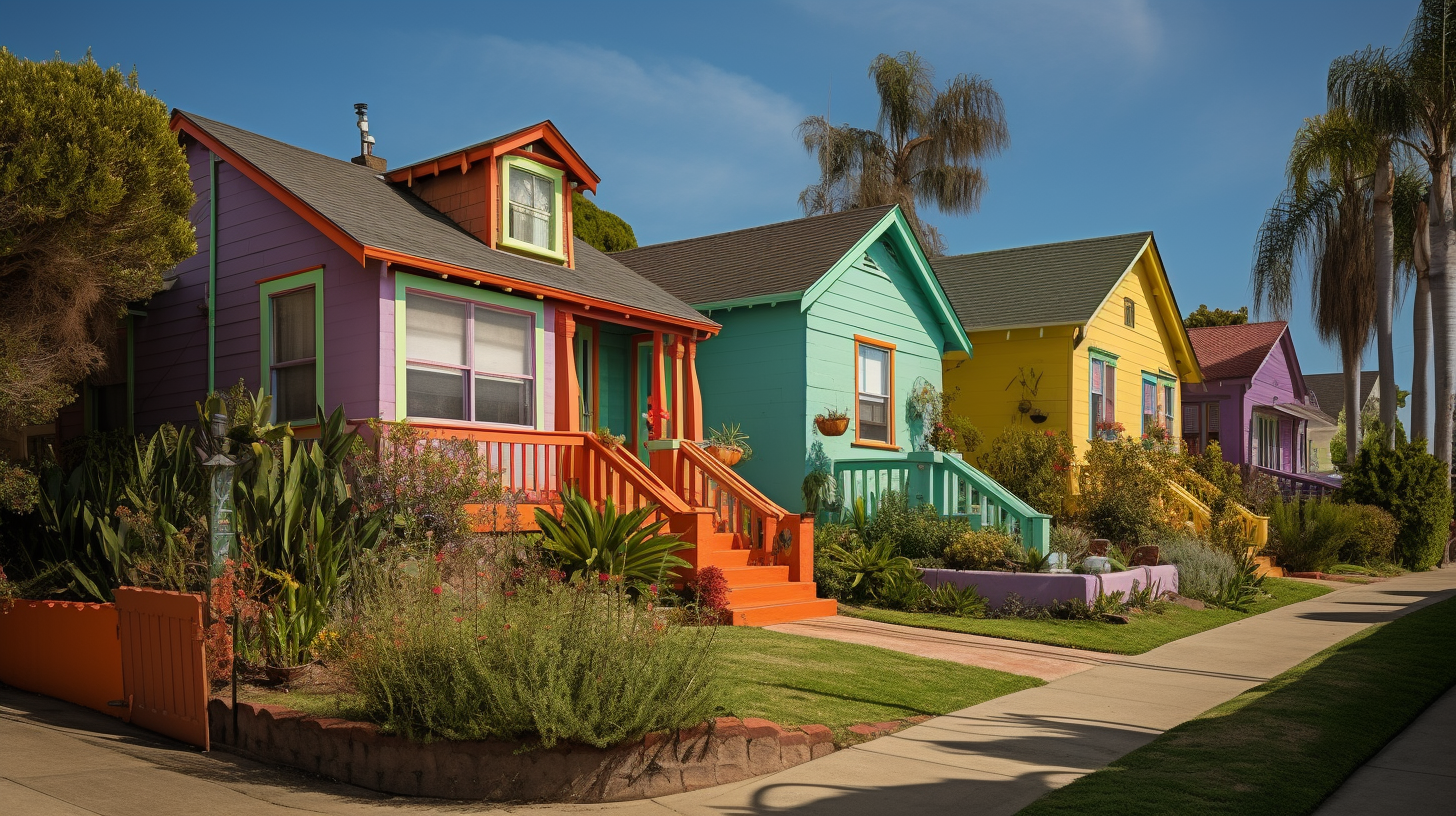
Color Me Happy: Psychological Impact of Home Paint Colors
Color plays an integral role in our lives, subtly influencing our moods and behaviors. This effect is so profound that even the hues of our home painting colors can significantly impact our psychological state. Choosing the right colors for our home is therefore not just about aesthetics, but about creating an environment that enhances well-being.
The Power of Color Psychology
Color psychology is the science of how color influences human behavior. It’s used in marketing, branding, interior design, and other fields to evoke specific emotions and reactions. A color can make us feel calm, energized, happy, or even frustrated, and understanding these associations is essential for choosing the right house paint colors.
How Different Colors Affect Us
Each color has its unique psychological implications. Here’s a breakdown of how the most popular home paint colors might affect your mood:
Blue: The Color of Calm
Blue, associated with the sea and sky, symbolizes tranquility and calmness. It’s often used in bedrooms and bathrooms, where relaxation is key.
Green: The Color of Harmony
Green, the color of nature, promotes balance and harmony. It’s an excellent choice for virtually any room, bringing a sense of freshness and vitality.
Yellow: The Color of Happiness
Yellow, reminiscent of the sun, is vibrant and uplifting, often used in kitchens and dining rooms to evoke feelings of happiness and warmth.
Red: The Color of Passion
Red, a bold and intense color, is associated with passion and energy. It might be overwhelming if used in large areas, but in moderation, it can add a lively touch to a room.
The Impact of Light and Dark Shades
The shade of the color—how light or dark it is—also has a psychological impact. Light colors tend to make a room feel larger and more airy, while dark colors can make it feel smaller and cozier.
The Role of Cultural Context
It’s important to note that color perceptions can vary depending on cultural context. For instance, while white is often associated with purity and peace in many western cultures, in some eastern cultures, it’s linked with mourning.
Personal Preferences Matter
Despite general color psychology principles, personal preferences and experiences play a significant role. Your favorite color might make you happier than any “psychologically correct” shade. Hence, personalizing your home paint colors is key.
Color Combinations and Balance
Creating a harmonious color scheme involves more than just picking a single color. Combining colors effectively can help balance different emotional effects within a space.
The Effect of Neutrals
Neutral colors like white, black, gray, and brown play a critical role in design. They provide balance and allow brighter colors to stand out, without overwhelming the senses.
Conclusion
In conclusion, the psychological impact of home paint colors is an essential aspect of interior design. The hues we surround ourselves with can significantly influence our mood and behavior. Hence, understanding color psychology can help us make more informed decisions when choosing paint colors for our homes, creating a living space that not only looks good but also feels good.
Ready to talk to a pro? Schedule your house painting estimate today with Tidal Remodeling!



